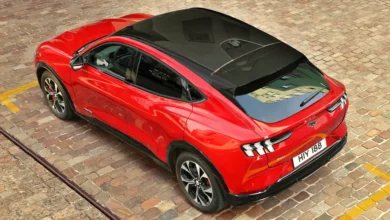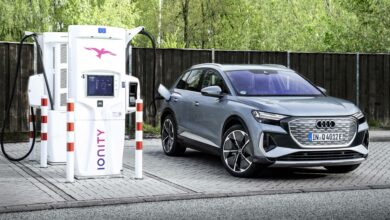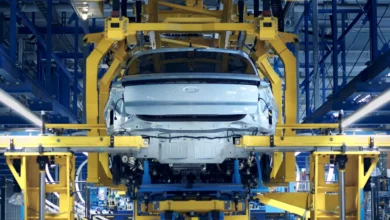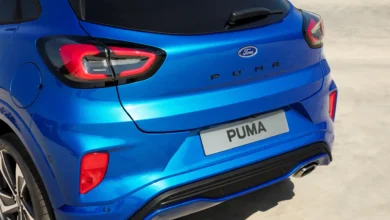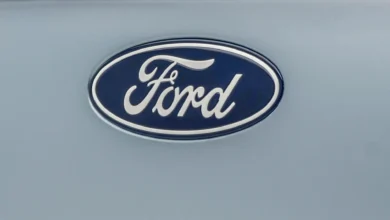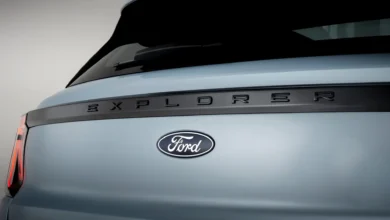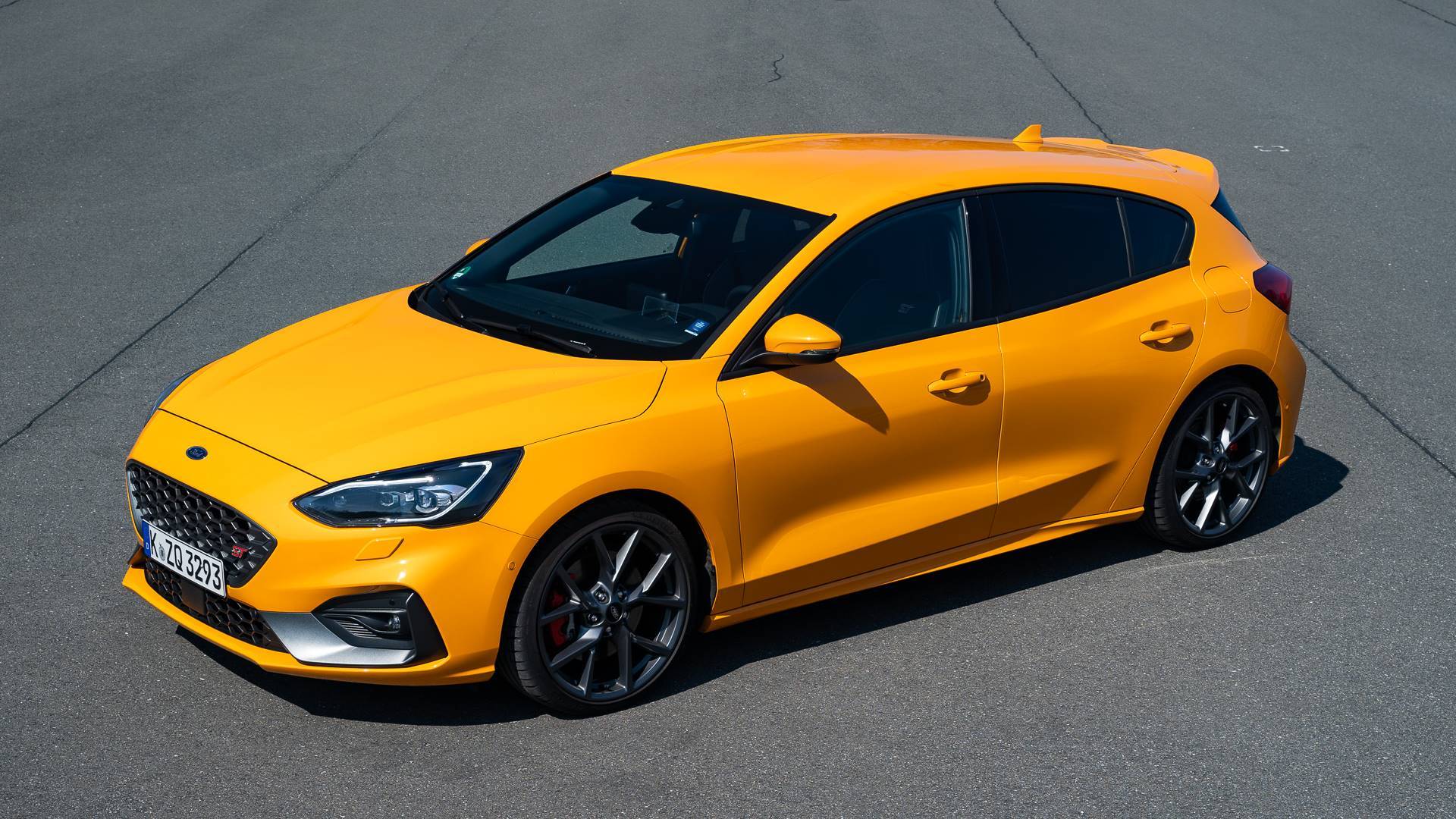
We tested it a few months ago. But the Ford Focus ST was on winter tires and the weather was, well, suboptimal. It looked different last week. Michelin Pilot Sport 4S and a clean 20 degrees – ideal conditions for our Axel Griesinger.
Let’s put it this way, the “hot hatch” category has just gotten completely out of hand. Nothing is compact anymore. Dimensions, weight, technology, price – everything completely out of control. And to conceal this excess, the developers continue to inflate the engines. The manufacturers are flirting with completely absurd horsepower numbers far beyond the number 300 and at Mercedes-AMG, they have now completely overstepped the curve by breaking the 400 horsepower barrier with the A45 S.
Does that even bring the desired driving fun that has produced such heroes as the Golf GTI, Kadett GSI, 205 Gti, Clio Williams? Conditional. So are the Hot Hatches digging their own grave right now? Maybe. But there is also hope. A new old acquaintance seems to be something like the savior of driving fun in this segment: The Ford Focus ST Mk IV.
Ford Focus ST – at 1,508 kg, not quite a mess
“Sure, they can stop in Cologne. And the ST? Nice, now we’re waiting for the new RS, then it’ll be really fun! WLTP and CO2 limits (including impending fines) have allowed the firmly planned Top-Focus to die before the birth. But no reason to complain, because the little front-wheel-drive brother is a more than worthy replacement. For real! You just have to tick the correct box in the configuration.
Because the tournament is knocked out anyway and we want to do sports: petrol instead of diesel. The oil motor with 190 hp and 400 Nm is nice, but it should be a little more revving: 2.3 liters not only make the Focus the current king of displacement in its class (the old king Audi RS3 is currently dead) but also deliver 280 PS and 420 Newton meters.
Makes 33,500 euros. Transmission? Currently only available manually (which we are very happy about!). So we only need to tick the box for the performance package. This brings an additional driving mode “racetrack”, launch control, double-declutching function, and electronic damper control. That adds up to 1200 EUR (1300 francs) and so we come to a price of 34,700 euros (42,450 francs). With that, everything driving dynamics is on board. Here we go.
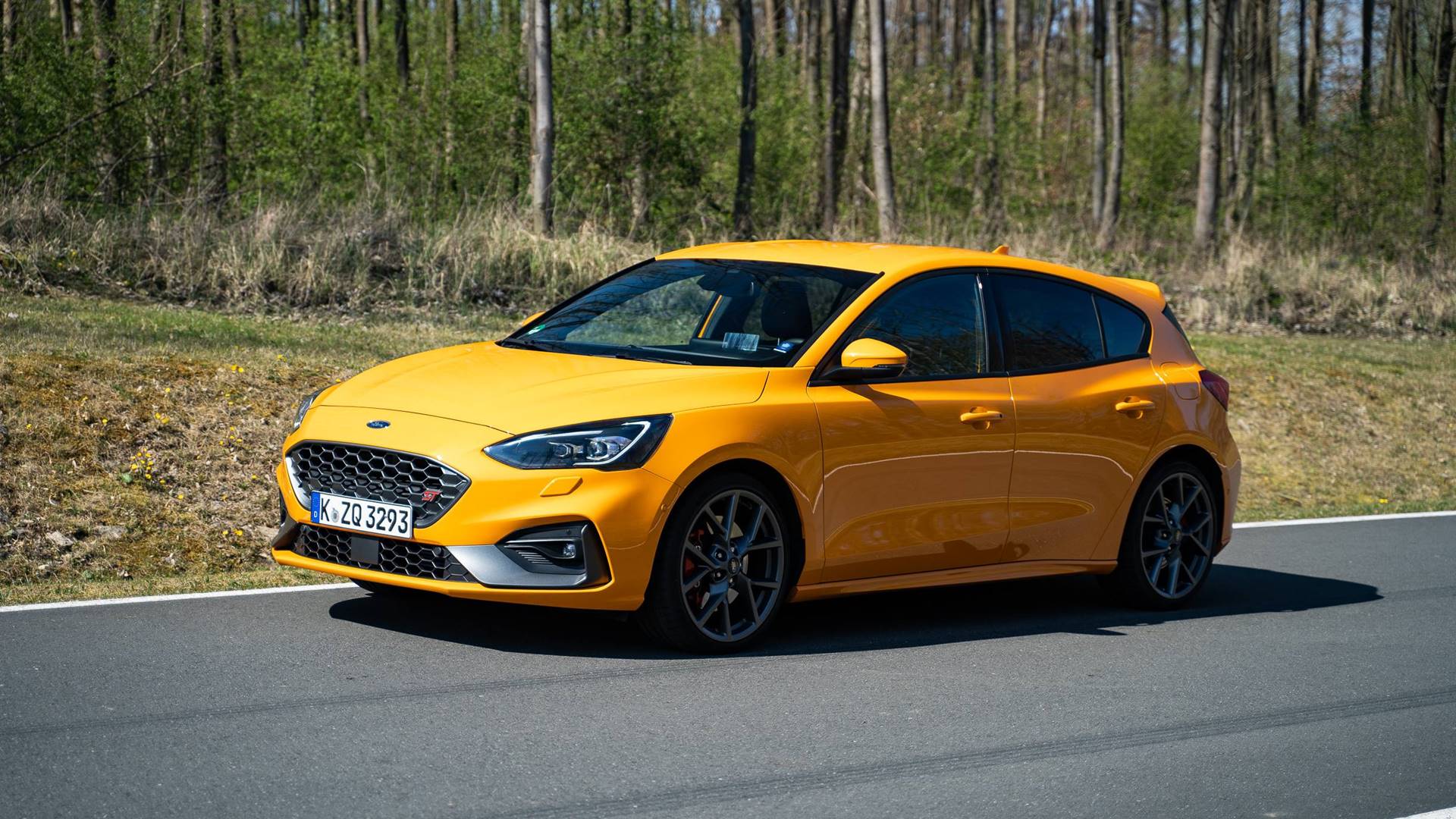
5.7s for the standard sprint and 250 peaks made us 9.4l consumption
You quickly notice that this Focus is not for the faint of heart, because even in normal driving mode, the chassis communicates the condition of the road. The electronic damper control cannot save anything, depending on the driving mode, it just makes it even rougher. Conversely, this also means that there is nothing soft here, the Cologne-based company does not even try to do the balancing act between comfortable travel cars and dynamic curve scrapers.
The focus of the Focus ST is clearly on driving dynamics. The standard electronic differential lock (eLSD for short) makes a significant contribution to this. A fine piece of technology in which the torque distribution to the front wheels is controlled via hydraulic clutches. If necessary, even up to 100 percent of the power to the bike with better traction. The advantage: it works completely without braking intervention. The side effect: it feels like a purely mechanical lock. The ST seems to literally hook itself into curves, pull through and in the end accelerate out without spinning wheels. The disadvantage: You have to grab a lot because the steering wheel pulls noticeably in all directions when you accelerate in a curve. Just like a classic limited-slip differential.

So everything feels wonderfully direct and is a lot of joy. Nothing is electronically watered down, ironed out, preventively prevented. If you then pressed yourself from the ST mode to the track mode on the steering wheel, there are almost no limits to the fun. The rear works wonderfully without causing nasty surprises and if you have never learned how to downshift with the heel tip, with the double-declutching function, the transmission shaft automatically reaches the engine speed of the lower gear.
Yes, we not only had a big grin on our face during our test drive but also surprised one or the other motorcycle driver on a winding road when we appeared full-frame in his rear-view mirror and he almost tumbled off the motorcycle during the hang-off.
The FWD Fahrspass Gang is small but nice and the ST is at the front
The Ford Focus ST confirms that they can run undercarriages in Cologne and that the brakes also fit. Easy to dose and very stable. But the engine and transmission also work together wonderfully. No turbo lag, always clean torque, and short shift travel. The only thing that is not so good at Ford is sound. At least what is given in the interior as a reminiscence of the old five-cylinder on the ears, Ford should simply delete.
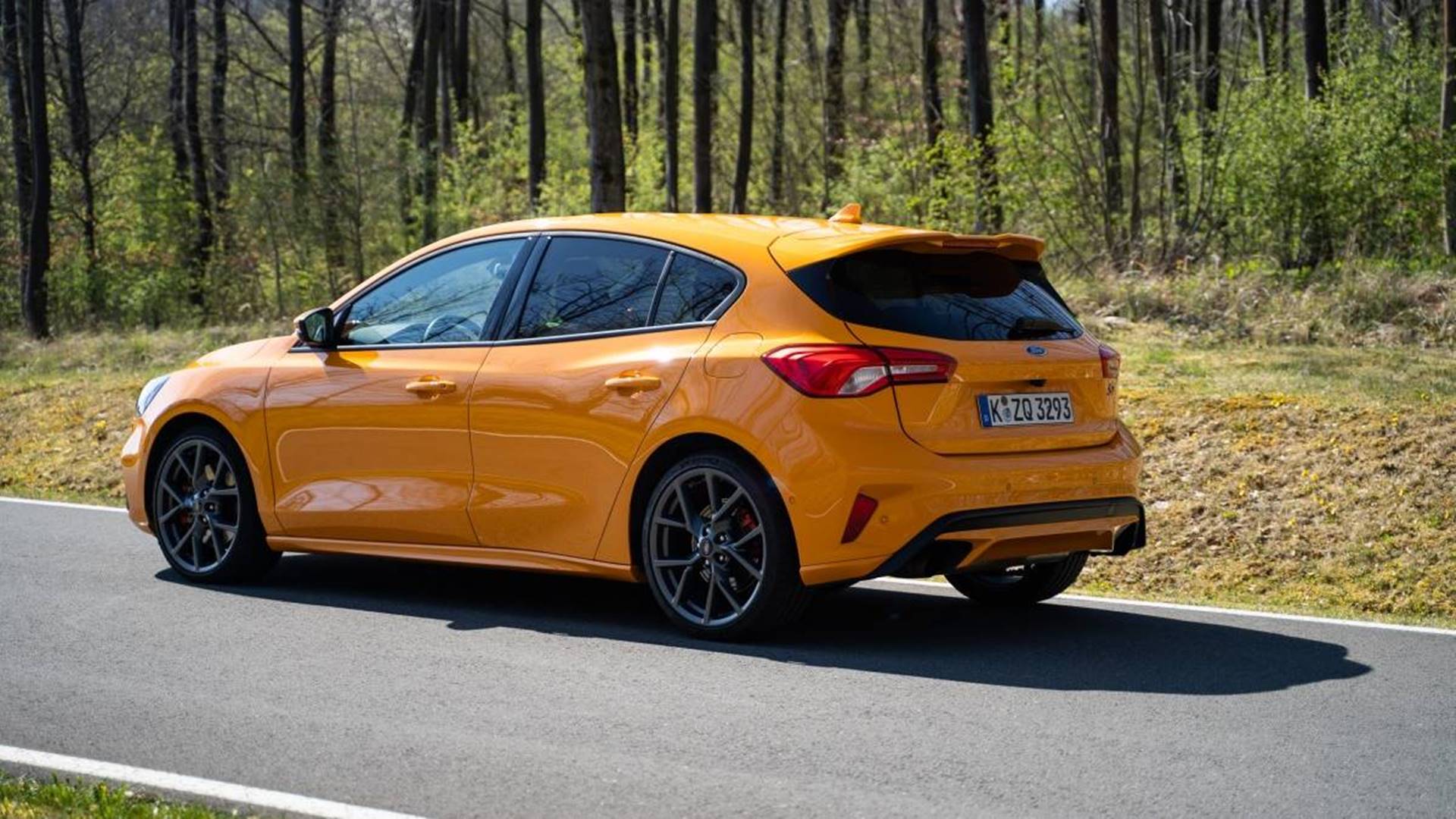
But they have learned a lot in ergonomics and operation. The Recaro seats are not only comfortably low but also provide good lateral support without appearing restrictive. A large touchscreen, digital cockpit, and a somewhat cluttered steering wheel are now almost good form in this class. In the Cologne interpretation, it just doesn’t seem intuitive in the interplay. Some of the others are better at that.
But who are these others? The 8 Series Golf GTI may be but is not yet available for testing. So, above all, Hyundai i30 N, Renault Megane RS, and Honda Civic Type R are waiting outside to play for the Focus ST. Because they all have one thing in common: You don’t need excessive horsepower, all-wheel drive, and prices above 50,000 euros to have fun in the Hot Hatches class. And within this guild of front-wheel drive joy donors, the fourth-generation Focus ST is way ahead on the grid.
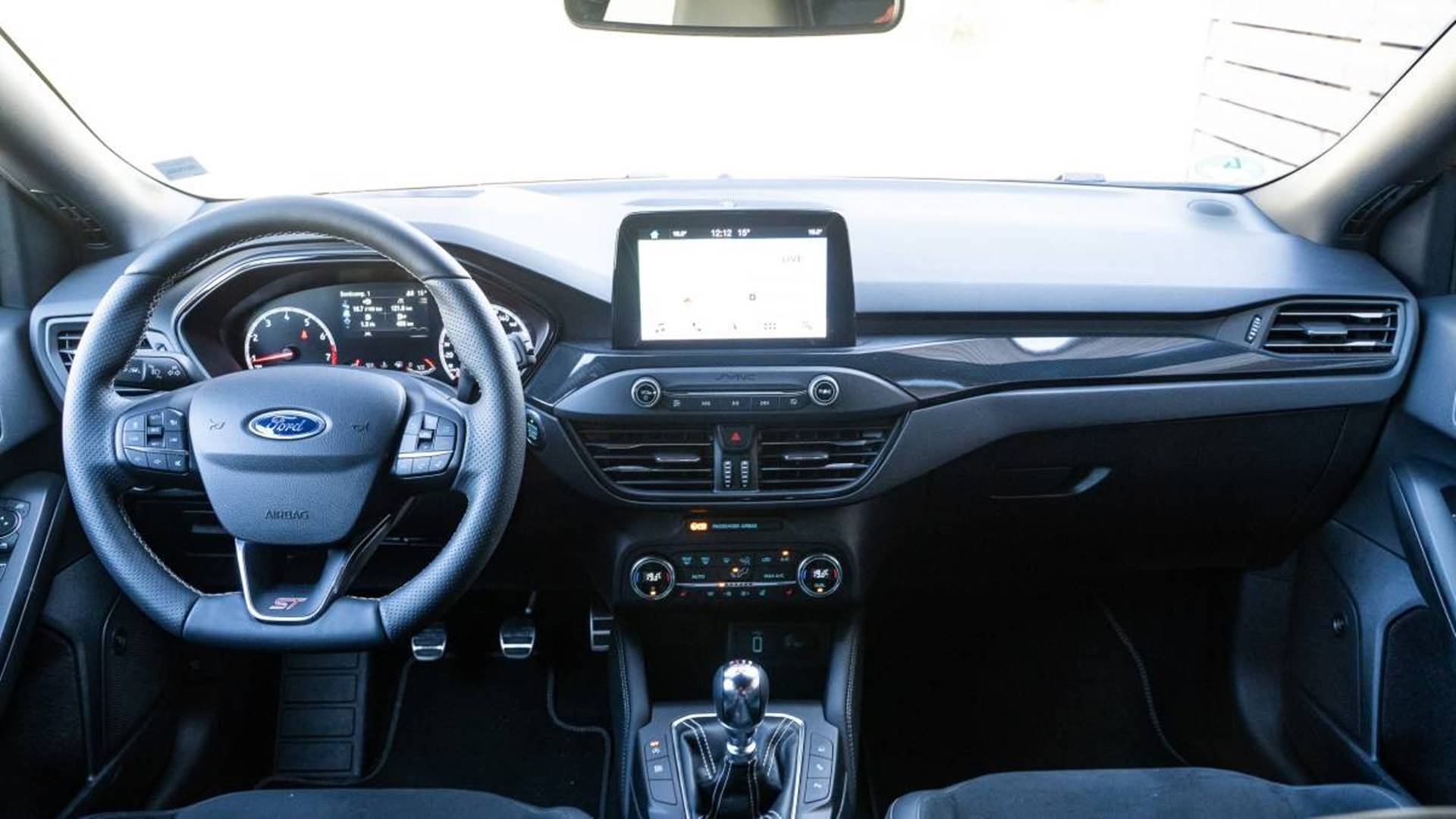
Ford Focus ST Technical Data
Model: Ford Focus ST (Performance Pack)
Engine: four-cylinder in-line, 2’261ccm
Power: 280PS (206kW)
Torque: 420Nm at 3’000-4’000rpm
Drive: front-wheel drive, six-speed manual transmission
Consumption (NEDC): 7 , 9 l petrol / 100km
Test consumption: 9.4 l petrol / 100km
Acceleration (0 – 100km / h): 5.7s Top
speed: 250km / h (limited)
(Dimensions (L / W / H): 4.39m / 1 , 82m / 1.46m
Weight: 1’508kg Base
Price: 33’500 EUR (34’700 EUR with Performance Pack)
